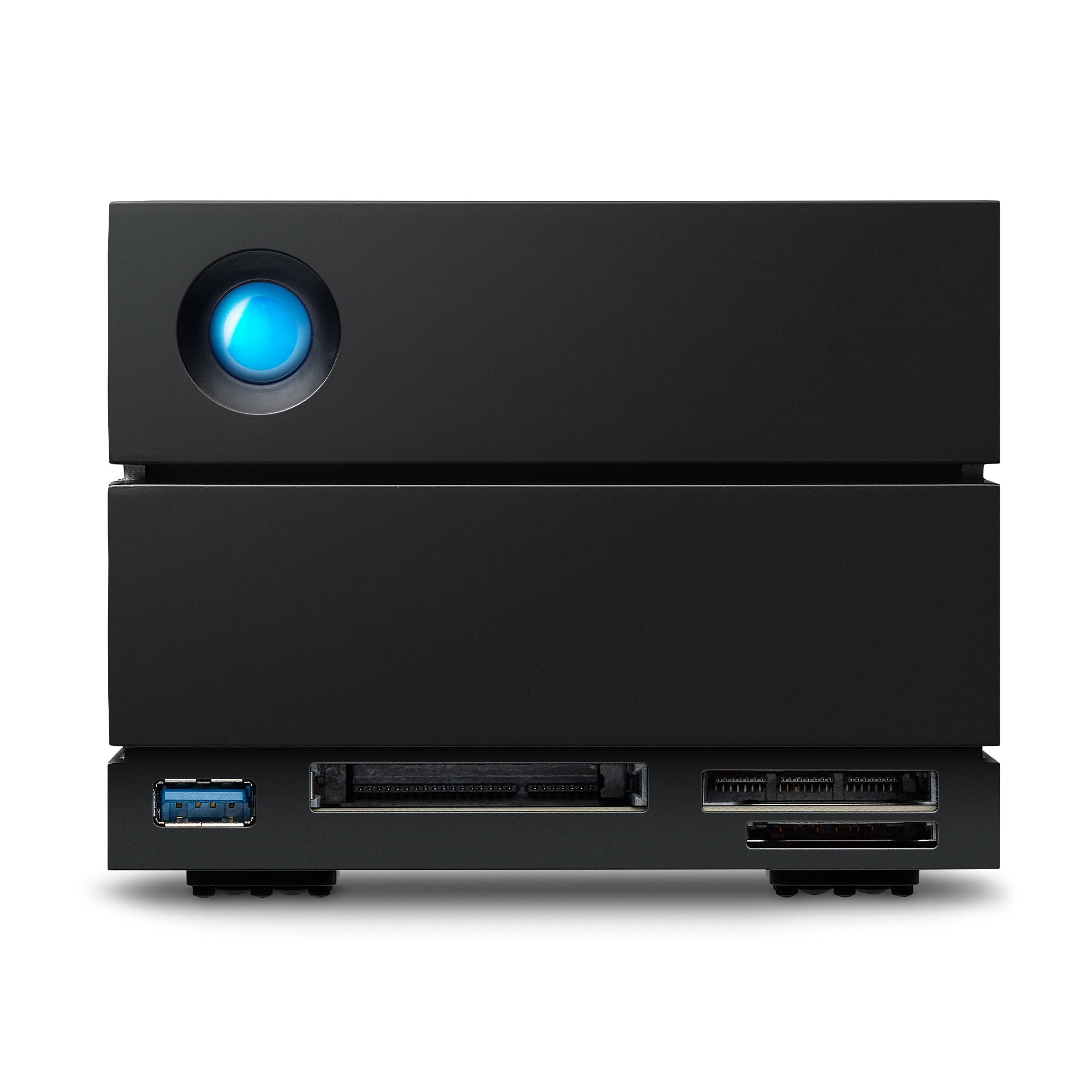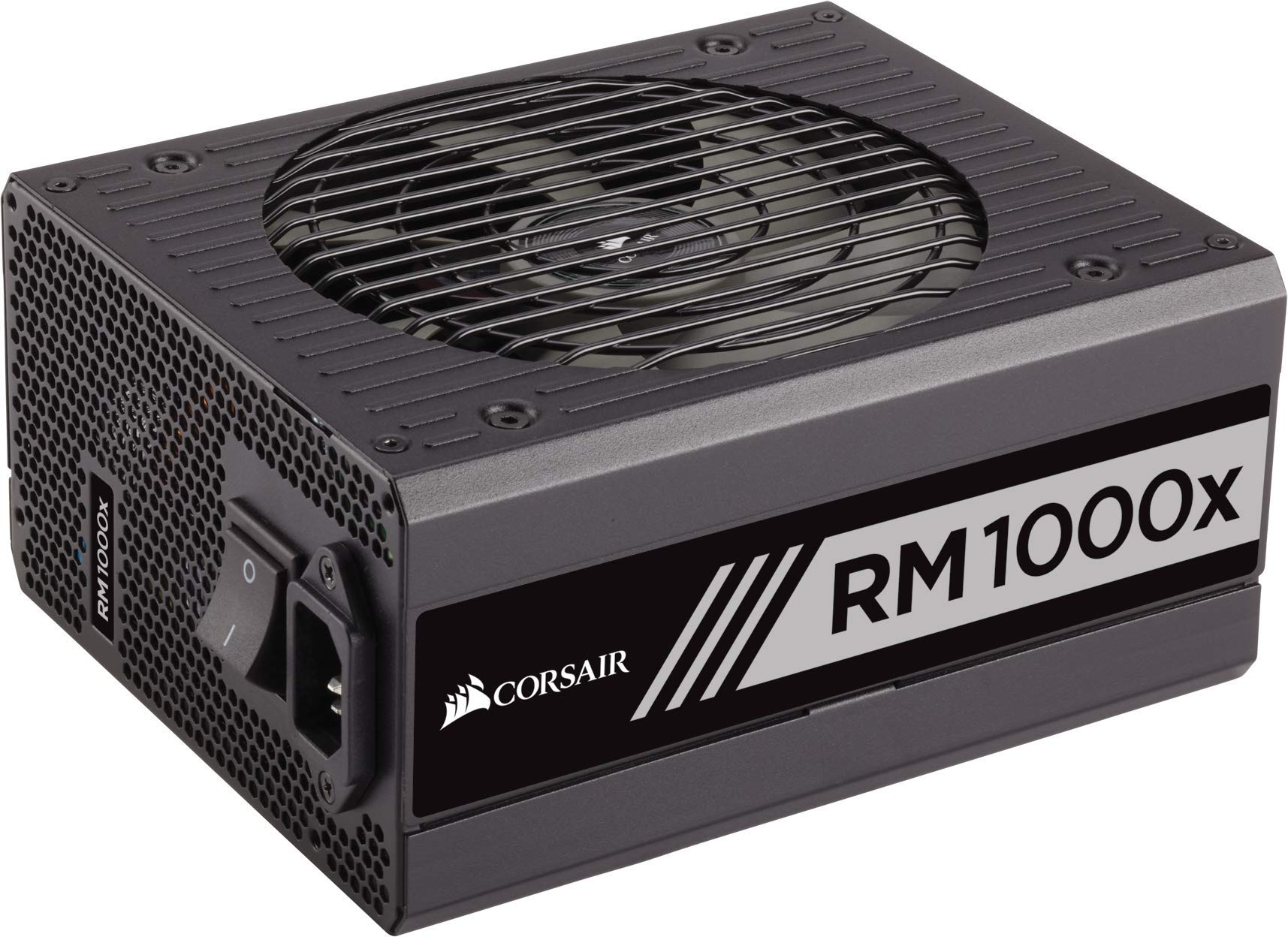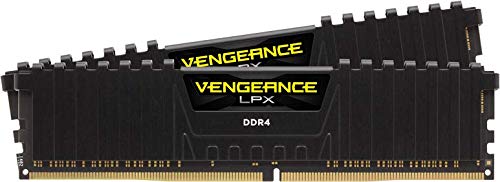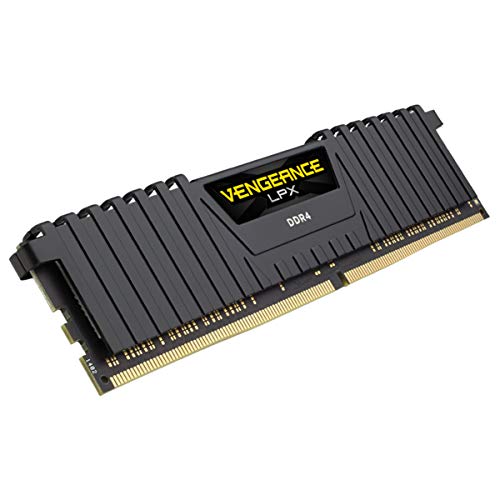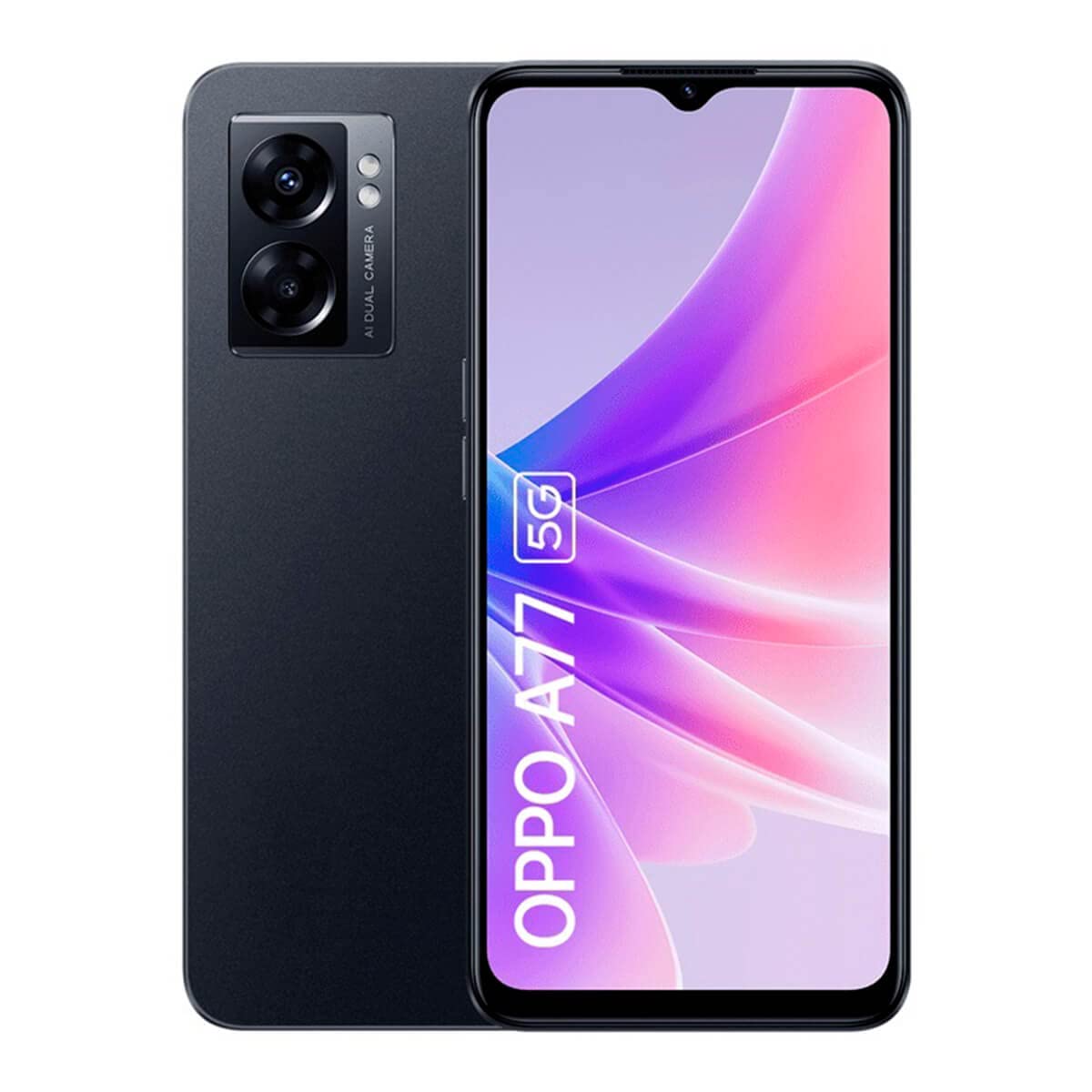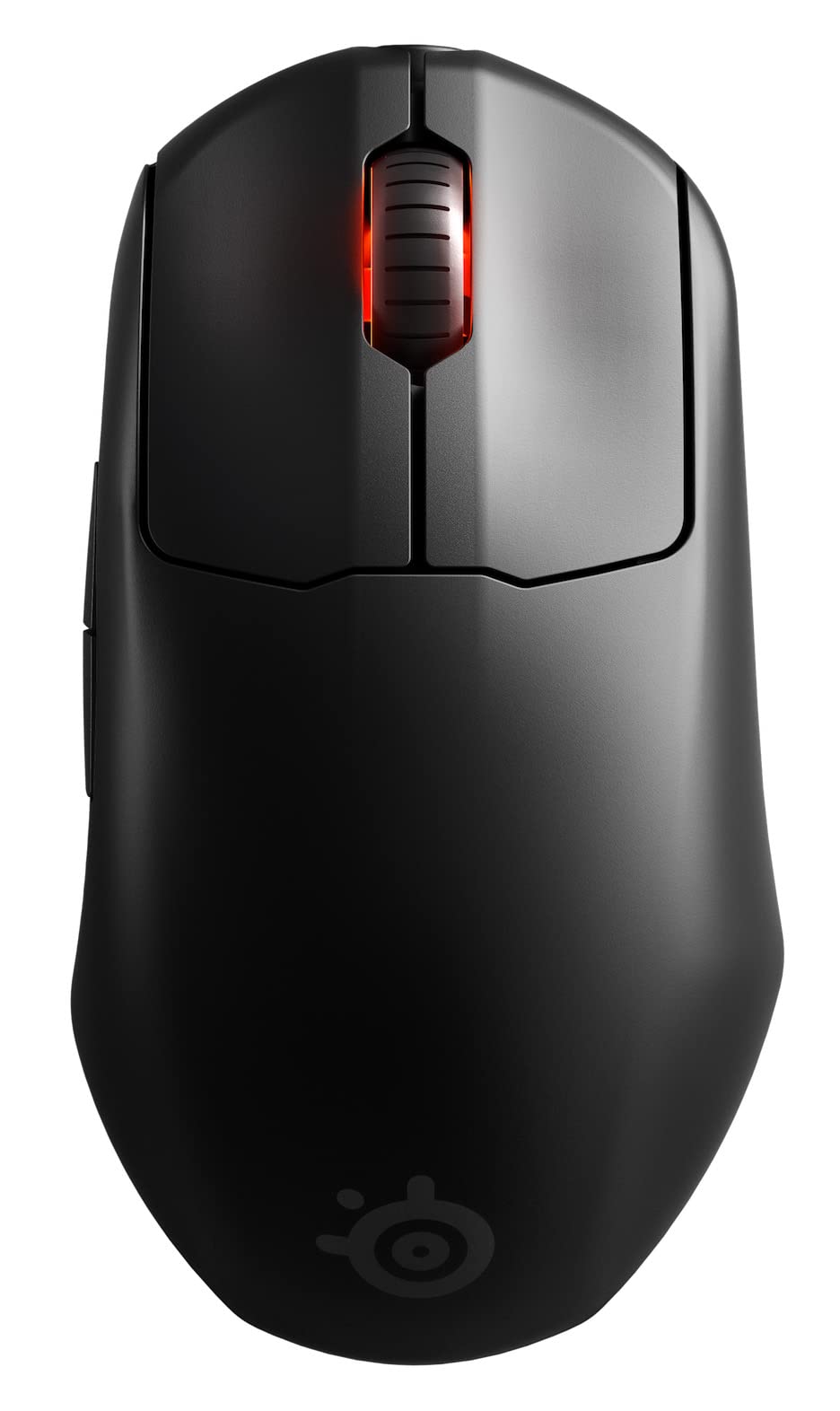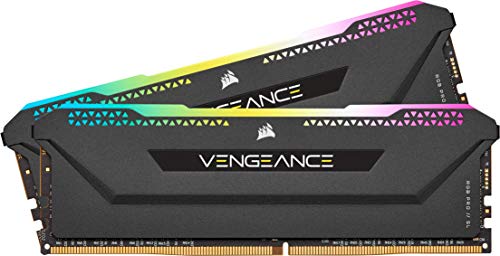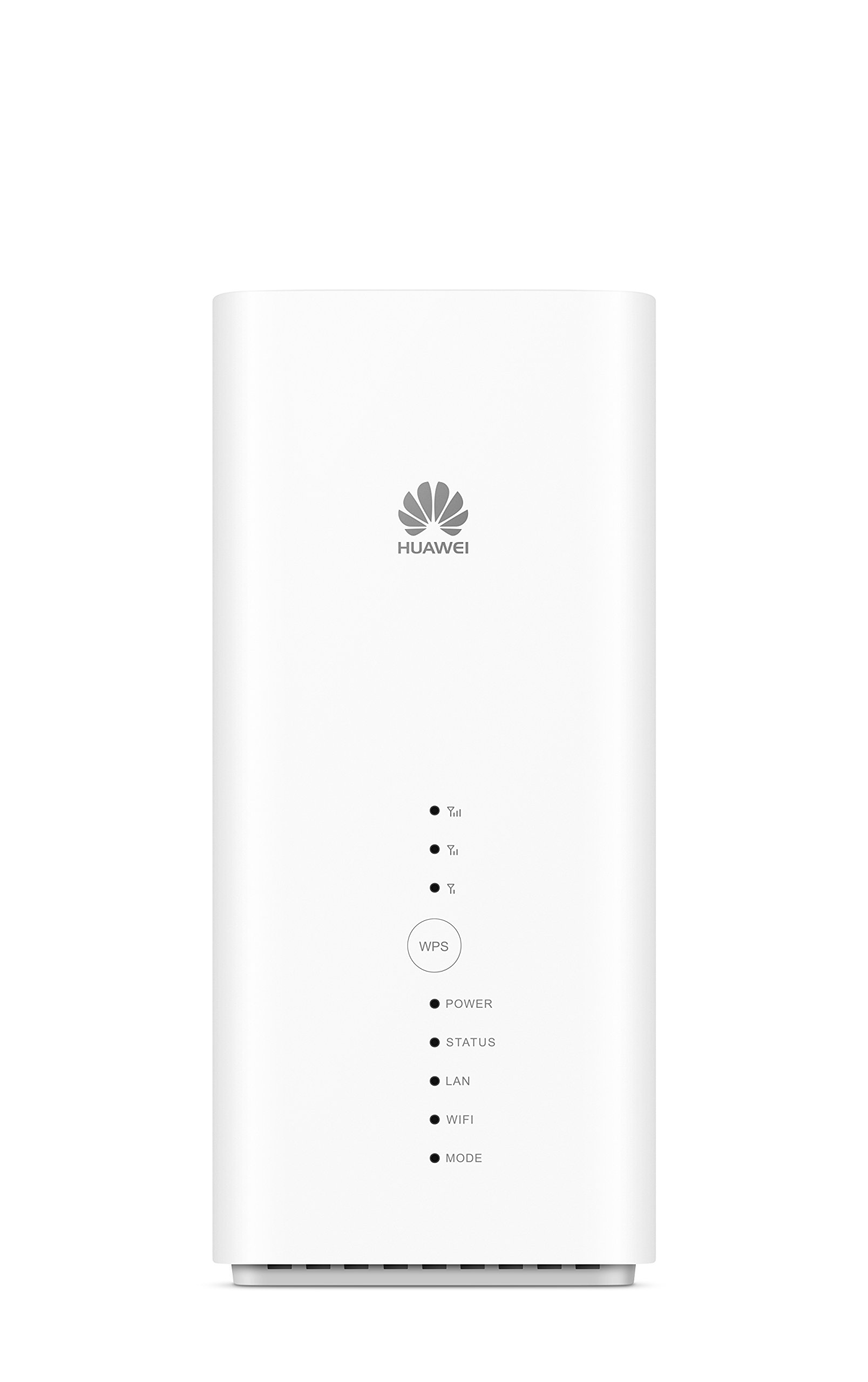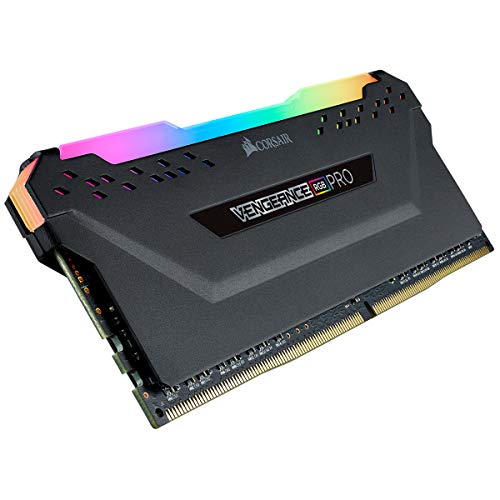RAM
RAM (Random Access Memory) serves as your computer's active workspace, temporarily storing data that your system needs for immediate access. The amount of RAM in your system directly impacts its ability to handle multiple applications, large files, and complex tasks simultaneously. Modern computers benefit from faster RAM speeds and optimized timing for enhanced performance.
Random Access Memory (RAM) plays a crucial role in system performance by providing high-speed temporary storage for active programs and data. Unlike storage drives, RAM offers near-instantaneous access to information, making it essential for smooth multitasking and efficient computing.
Modern RAM modules utilize DDR4 or DDR5 technology, with varying speeds measured in MHz and timing specifications that affect responsiveness. Higher frequencies and optimized timings can significantly impact system performance, particularly in memory-intensive tasks like gaming, video editing, and data analysis.
RAM configurations can be single-channel, dual-channel, or quad-channel, with dual-channel being the most common in modern systems. These configurations affect memory bandwidth and overall system performance. Most motherboards support dual-channel memory, which requires matching pairs of RAM modules for optimal performance.
Memory modules often feature XMP (Extreme Memory Profile) or EXPO profiles, allowing users to easily achieve advertised speeds through automated overclocking. These profiles ensure compatibility while maximizing performance potential. Some modules include RGB lighting and heat spreaders for enhanced aesthetics and thermal management.
Both capacity and speed are important considerations when choosing RAM. While capacity determines how many applications can run simultaneously, speed affects how quickly data can be accessed. The optimal configuration depends on specific use cases, from basic computing to professional workloads.

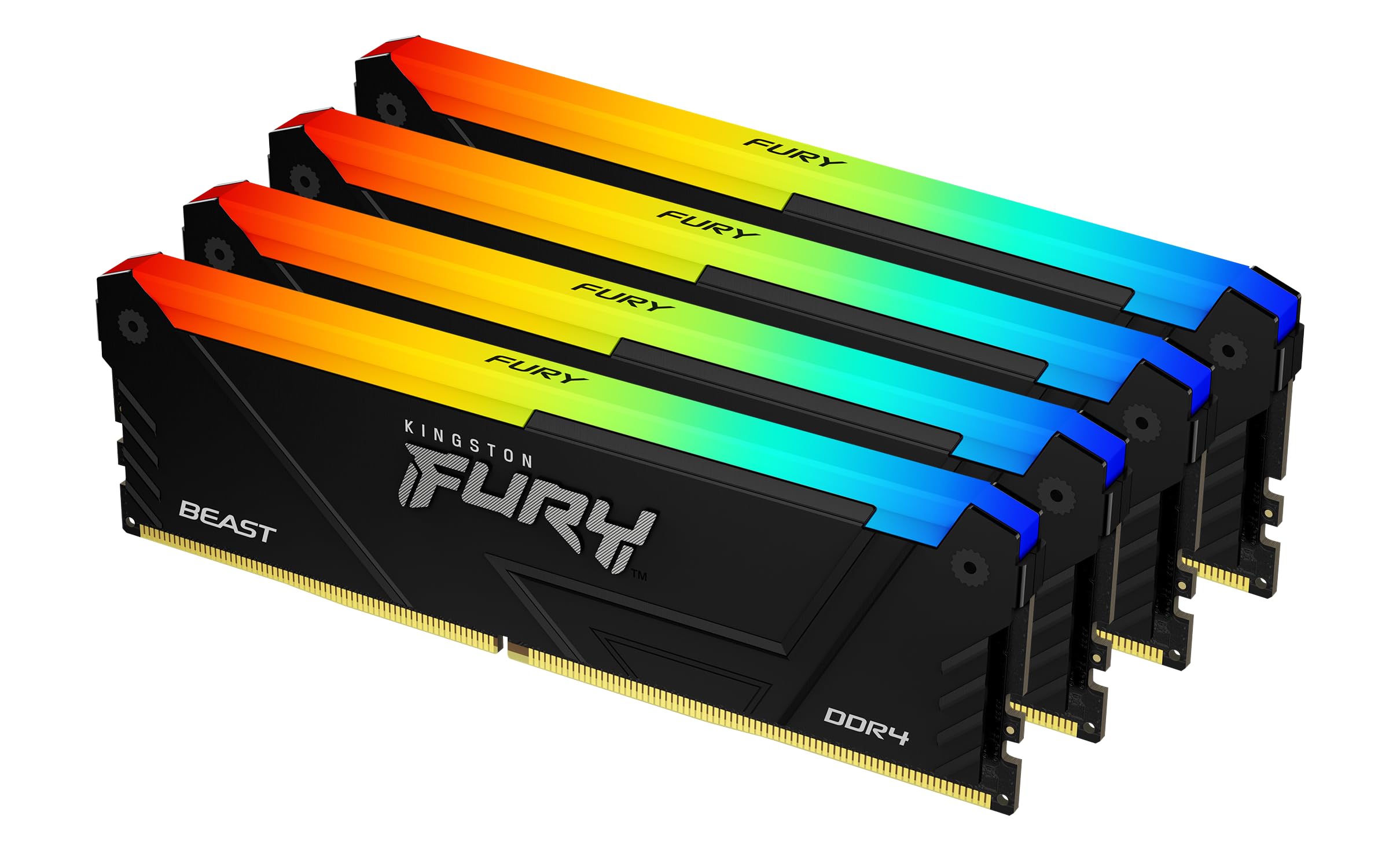
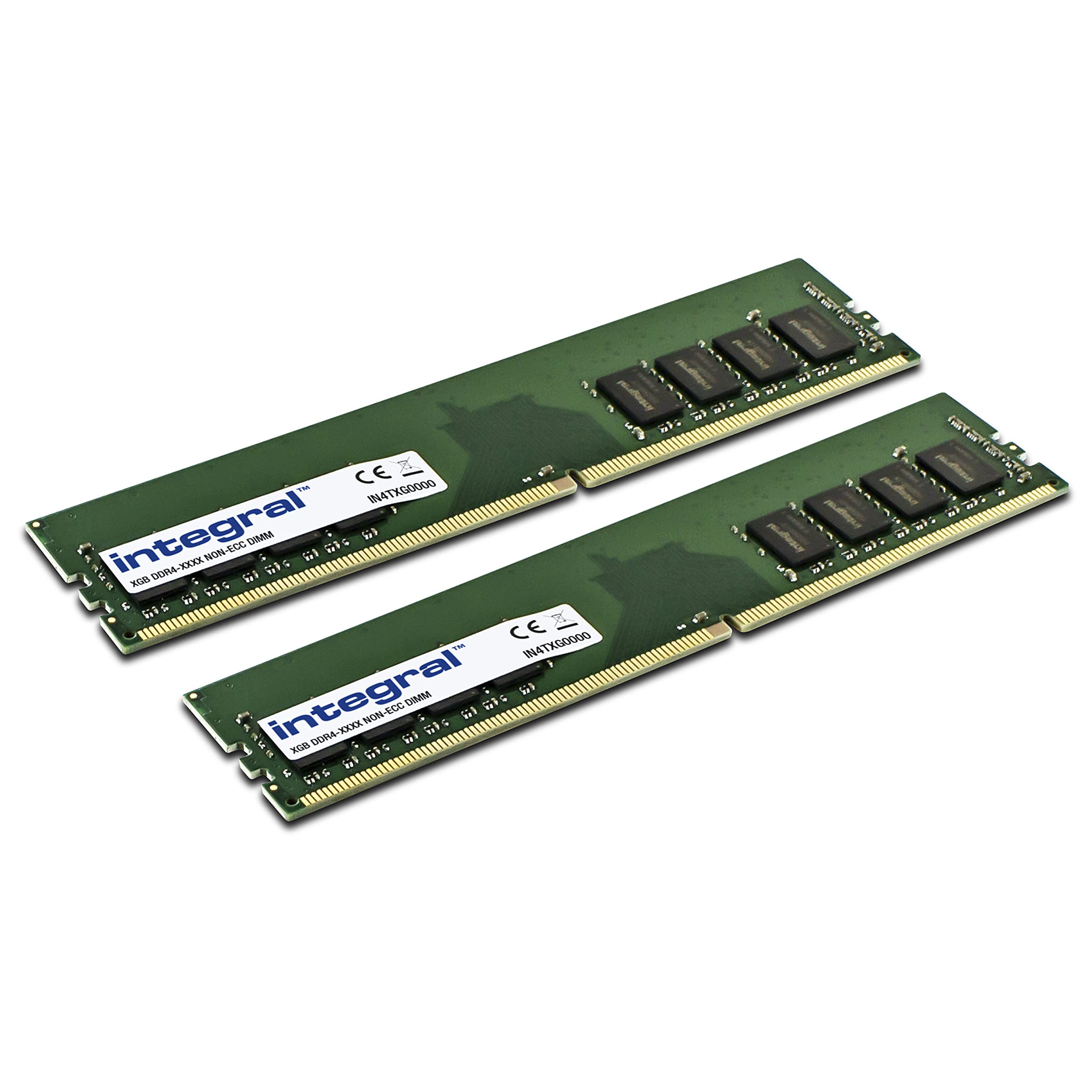
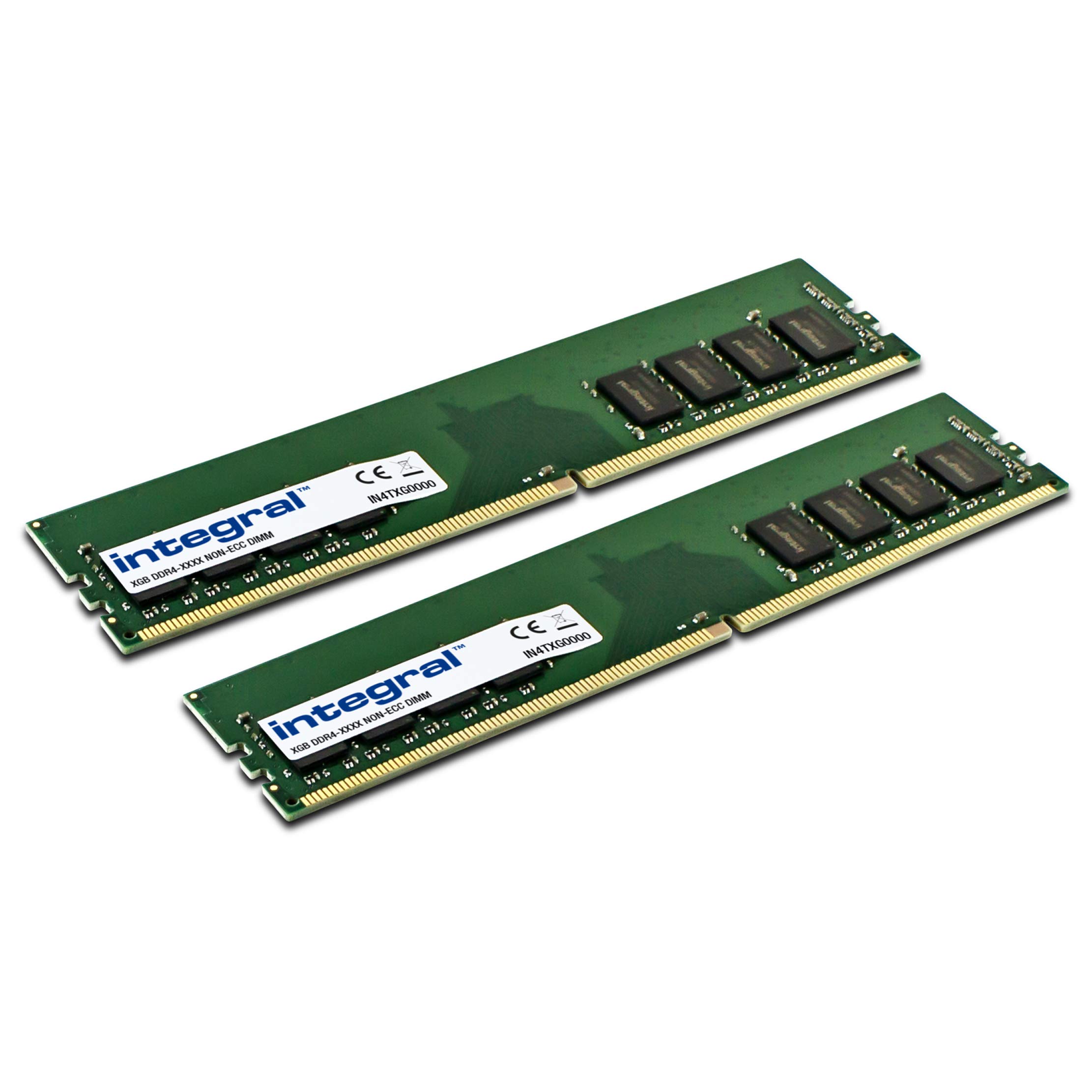
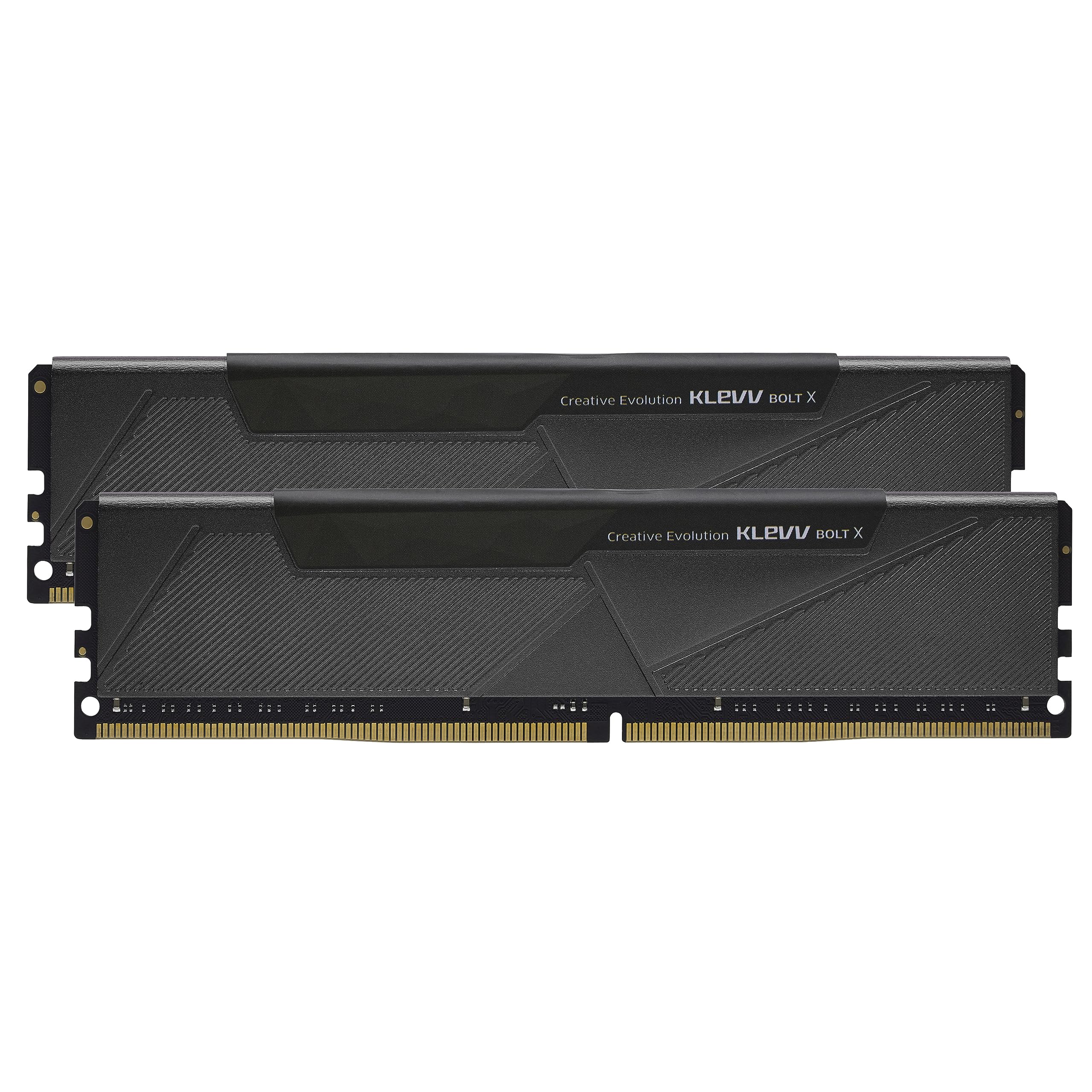
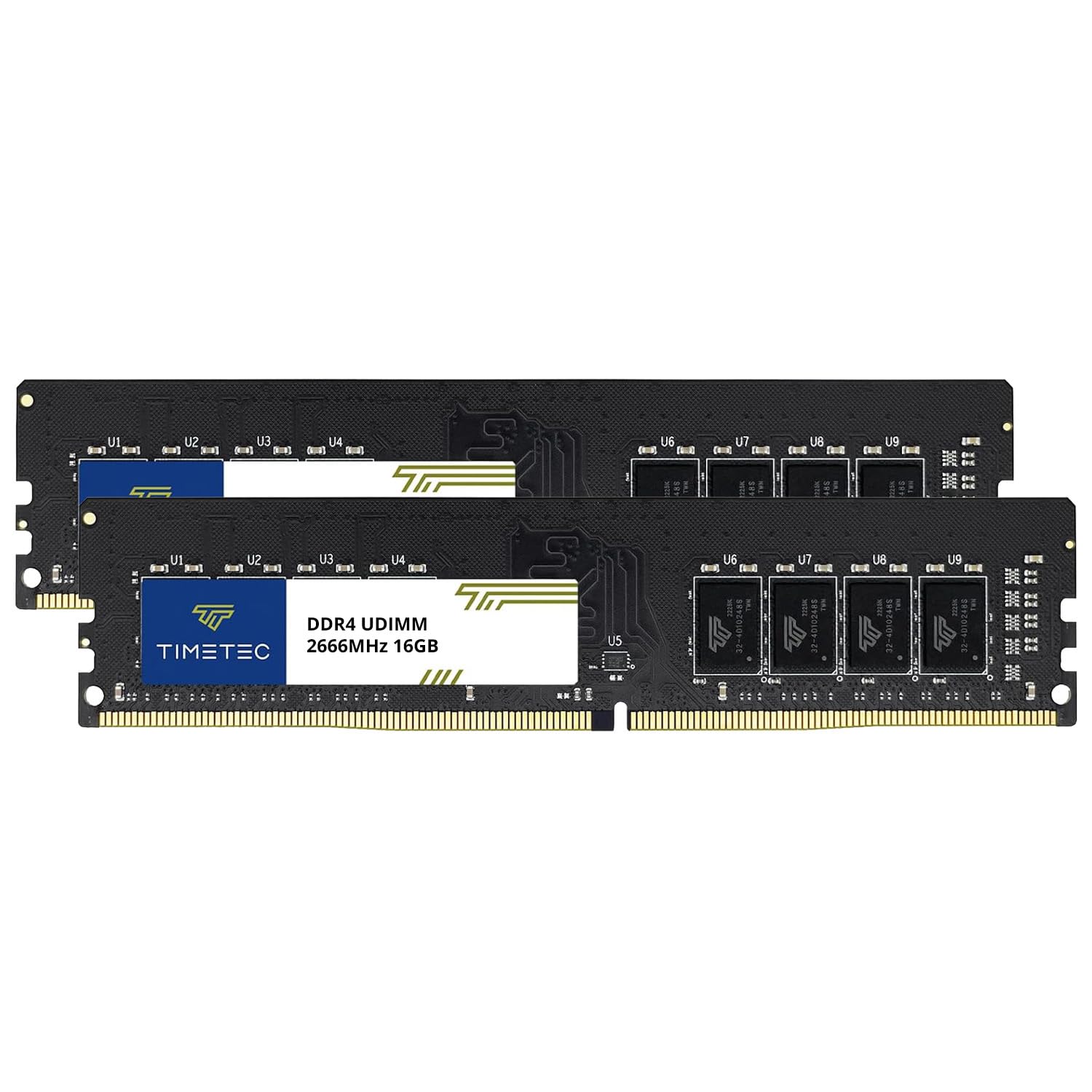
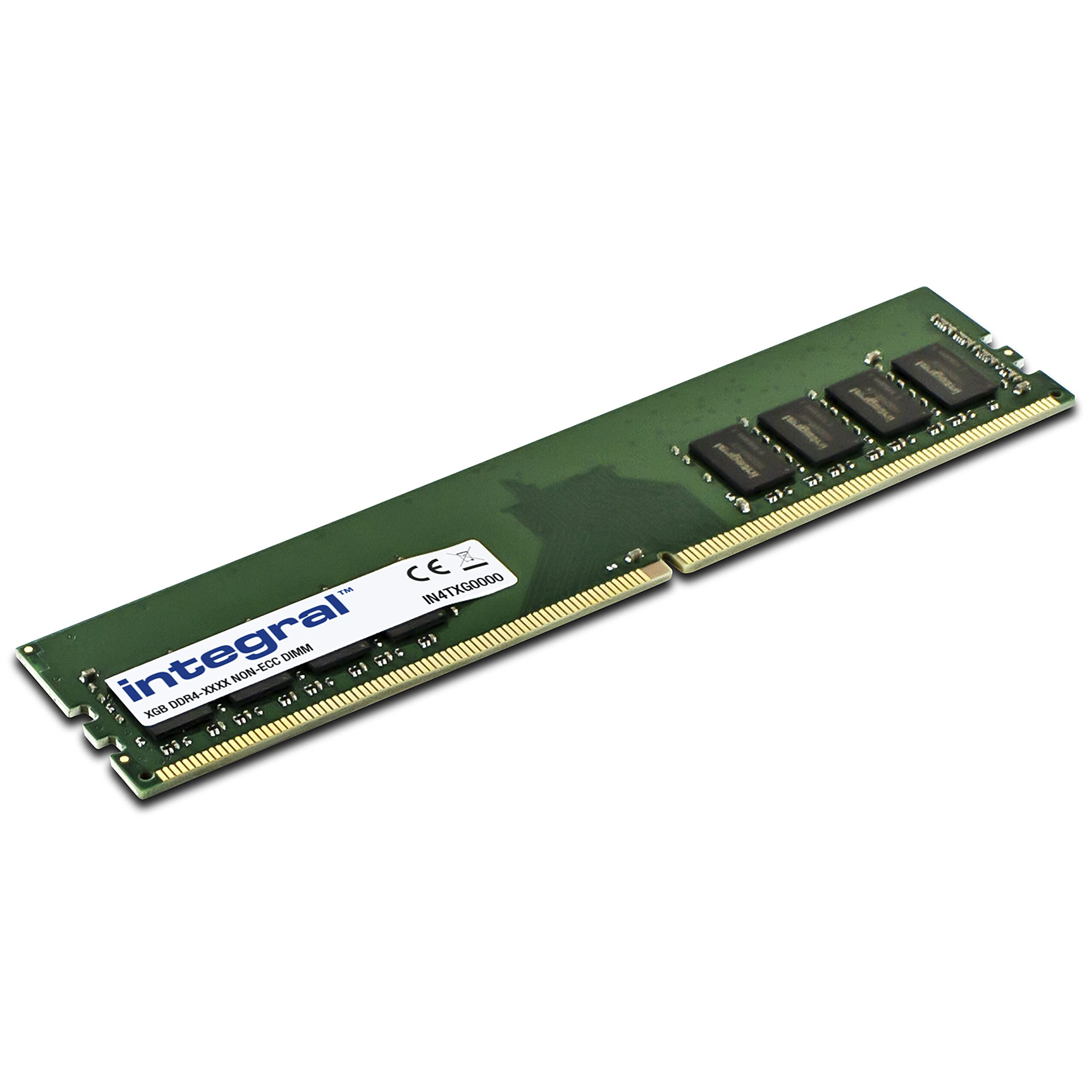
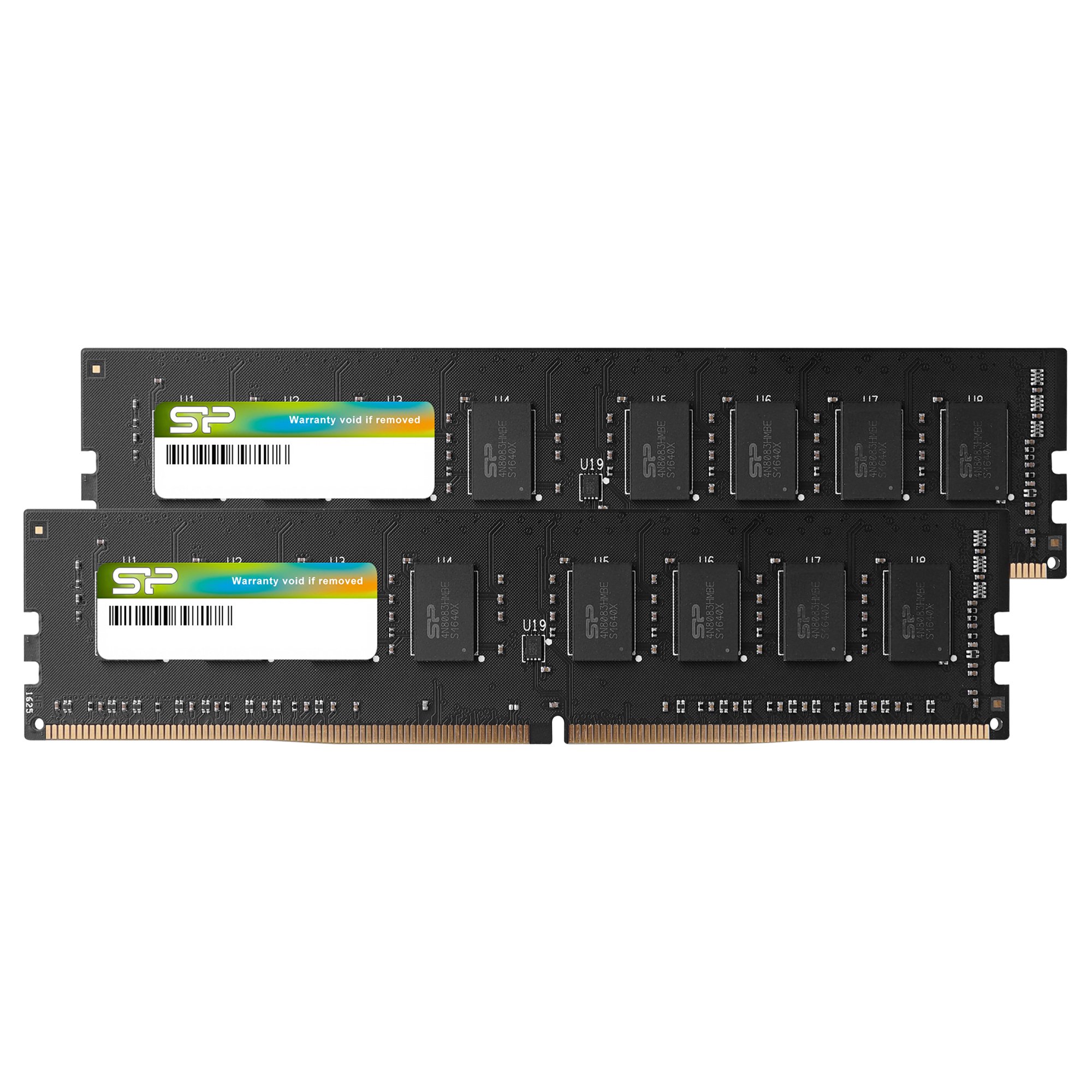
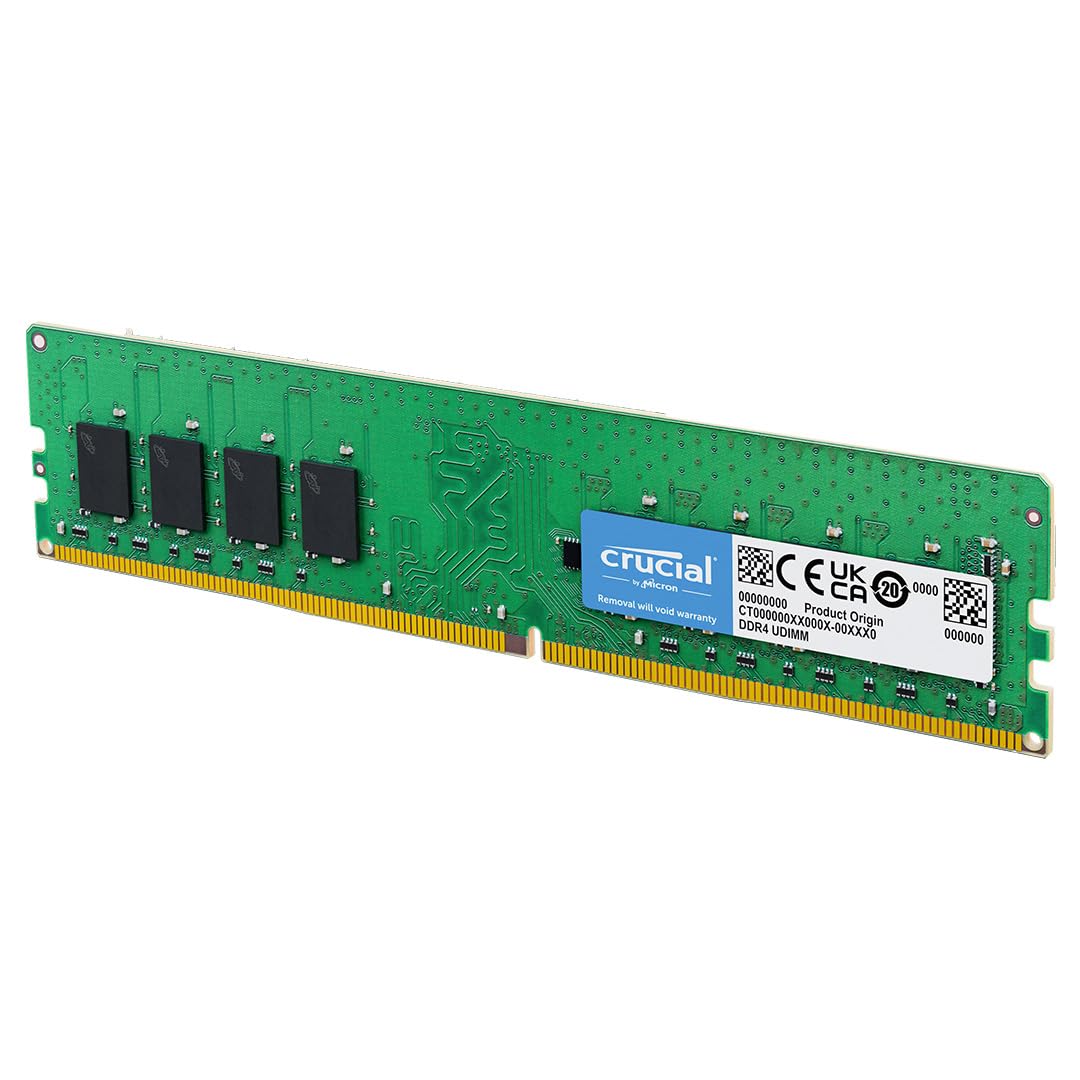
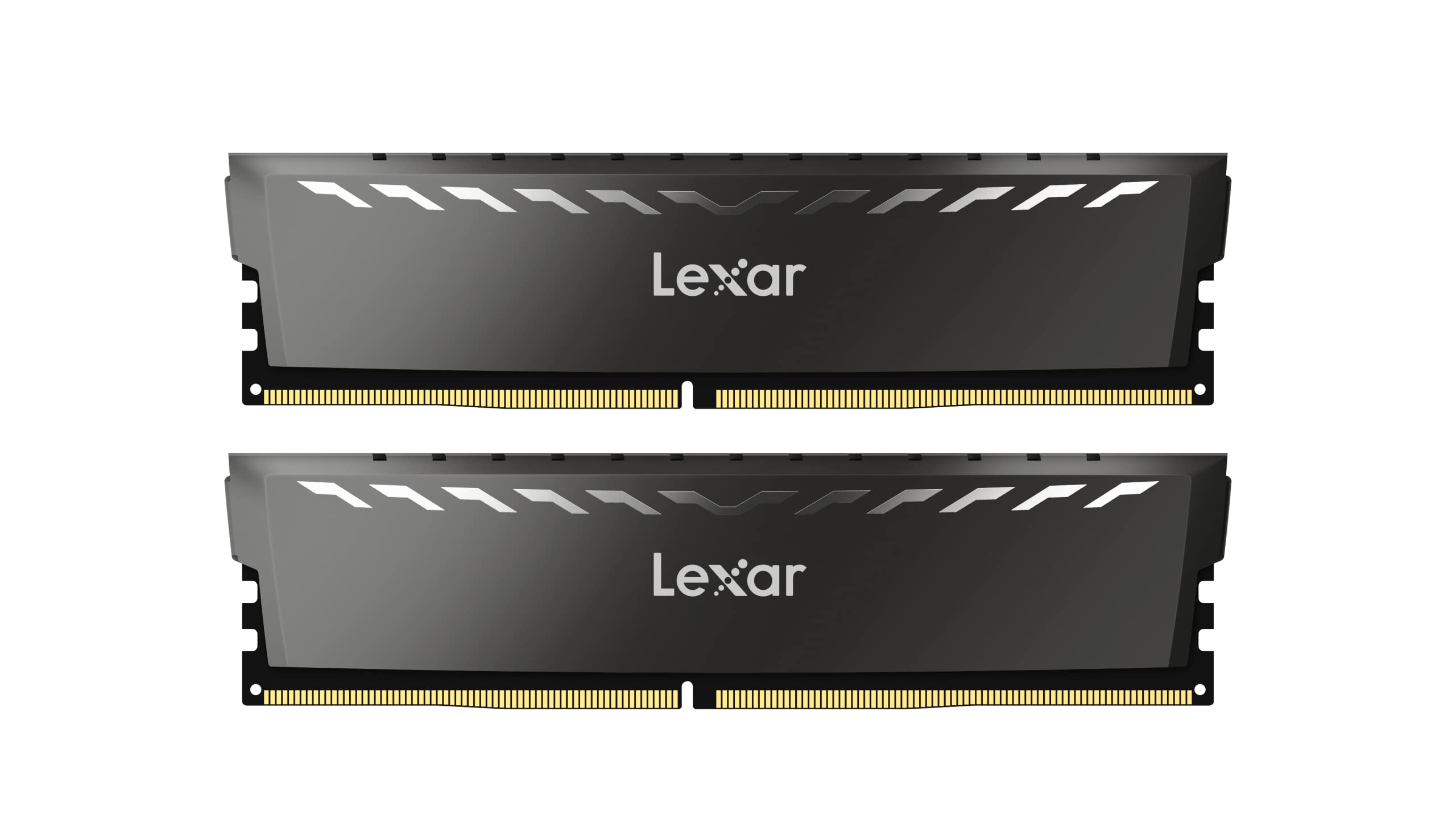
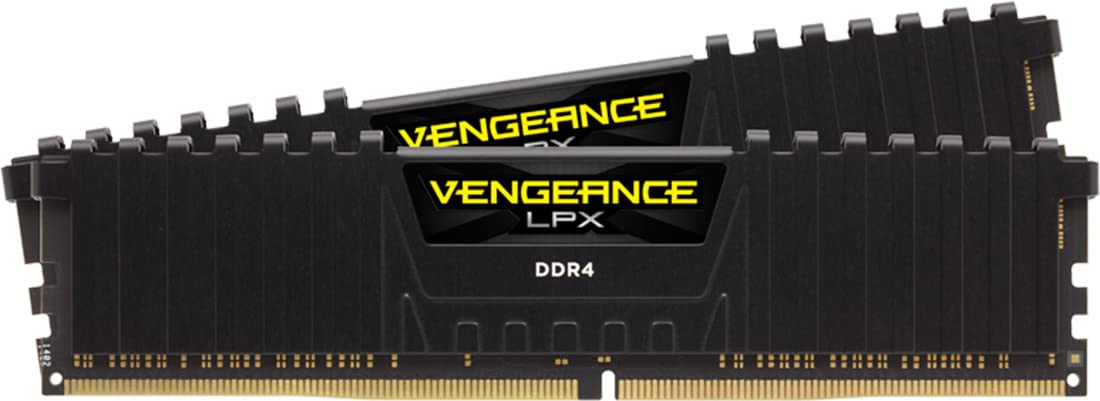
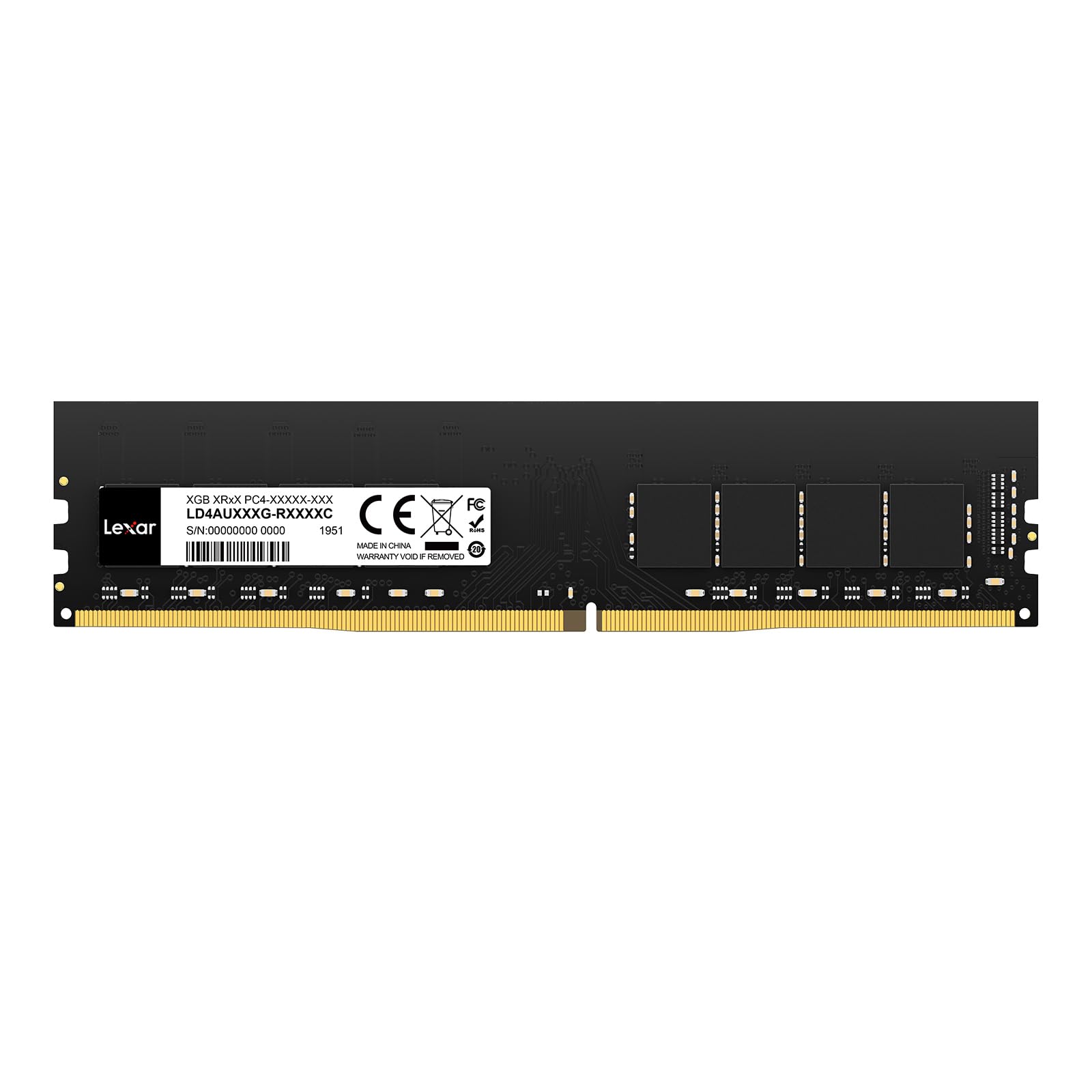
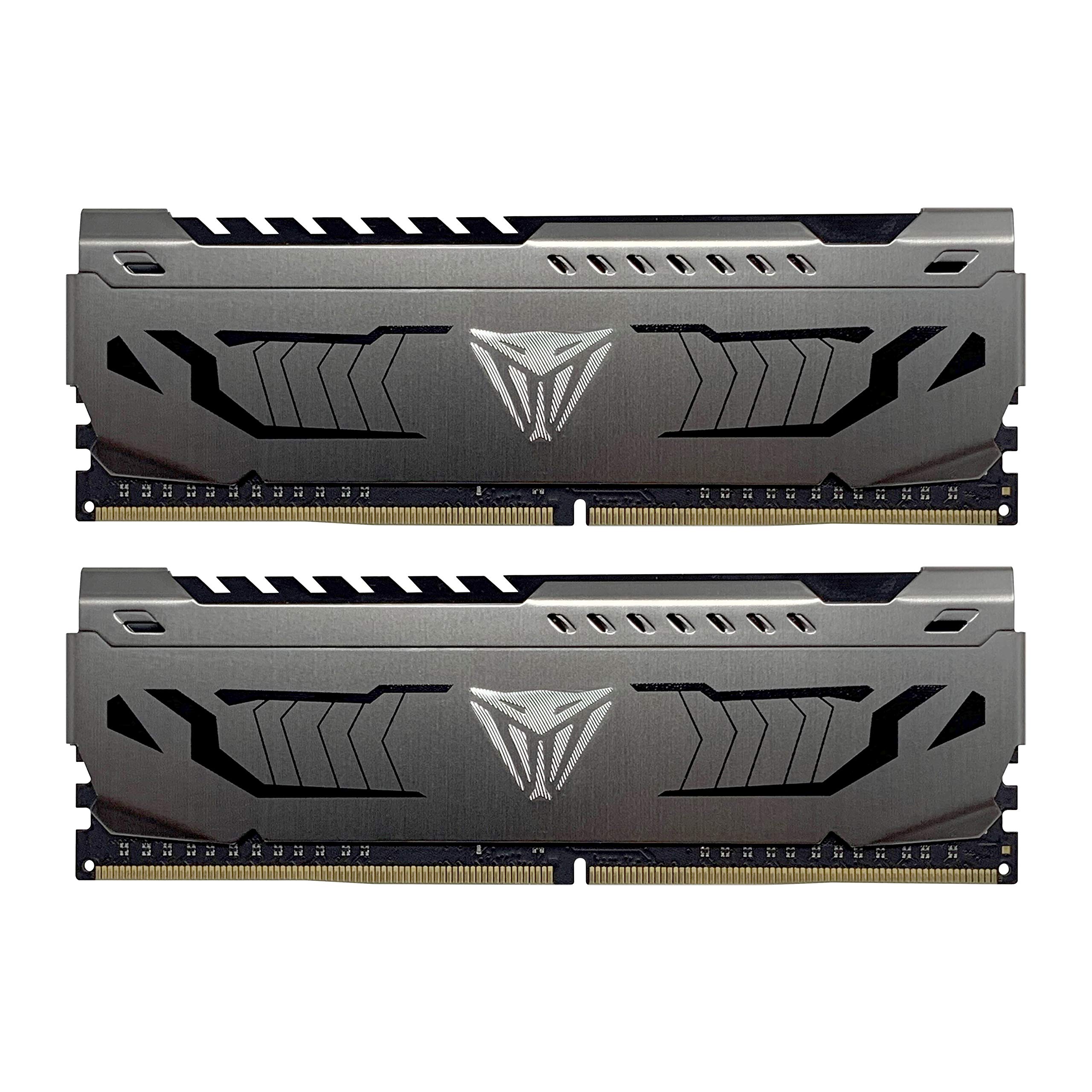
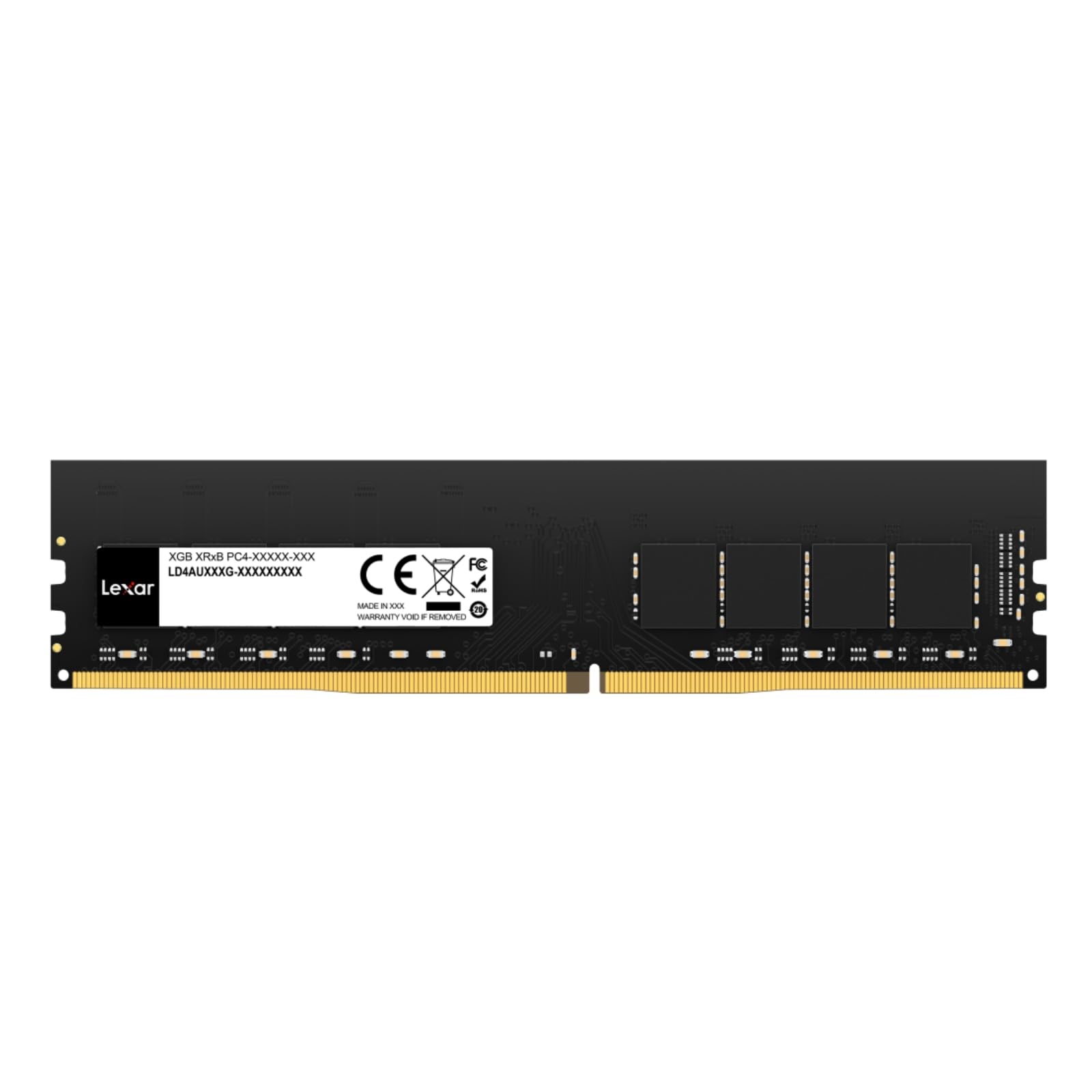

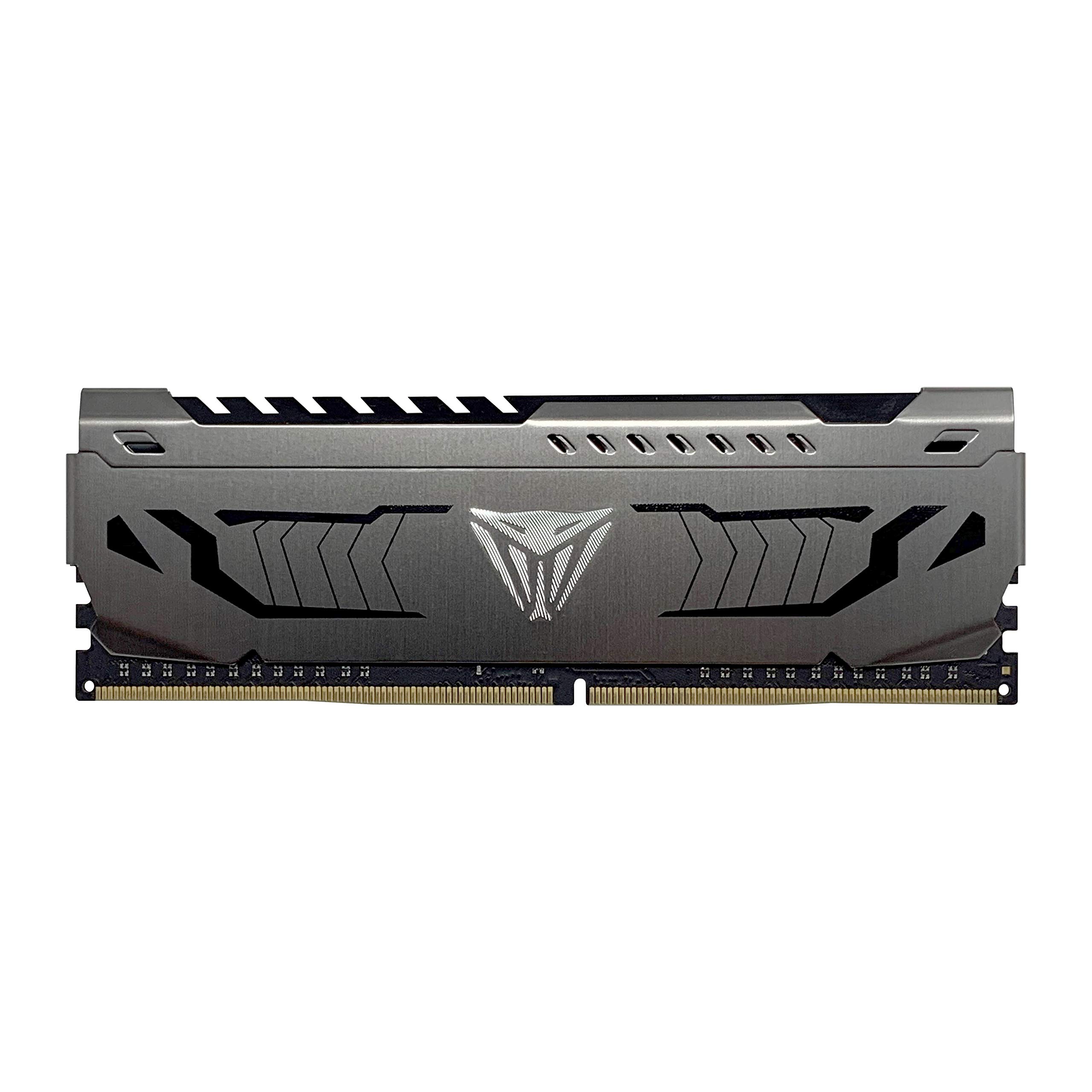
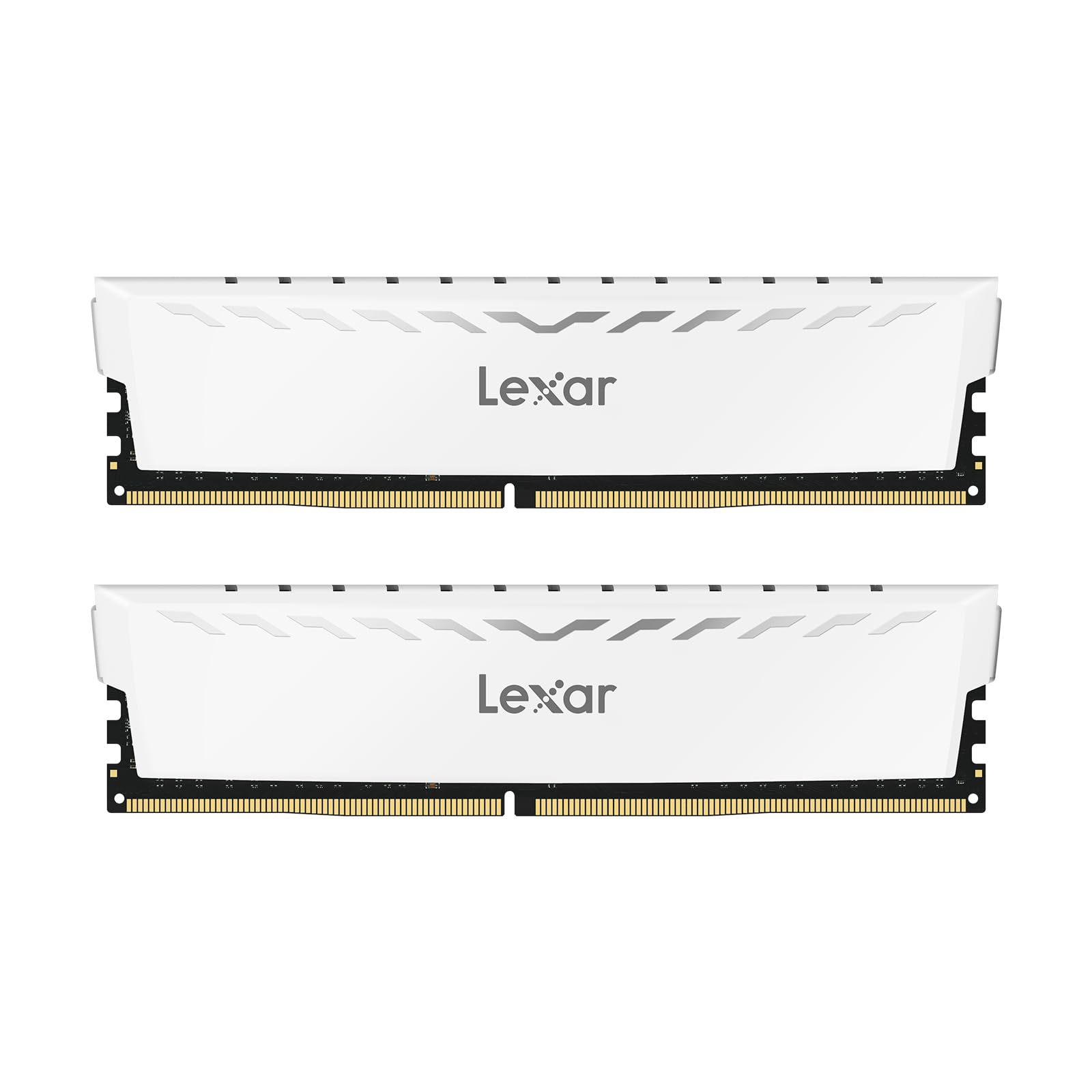

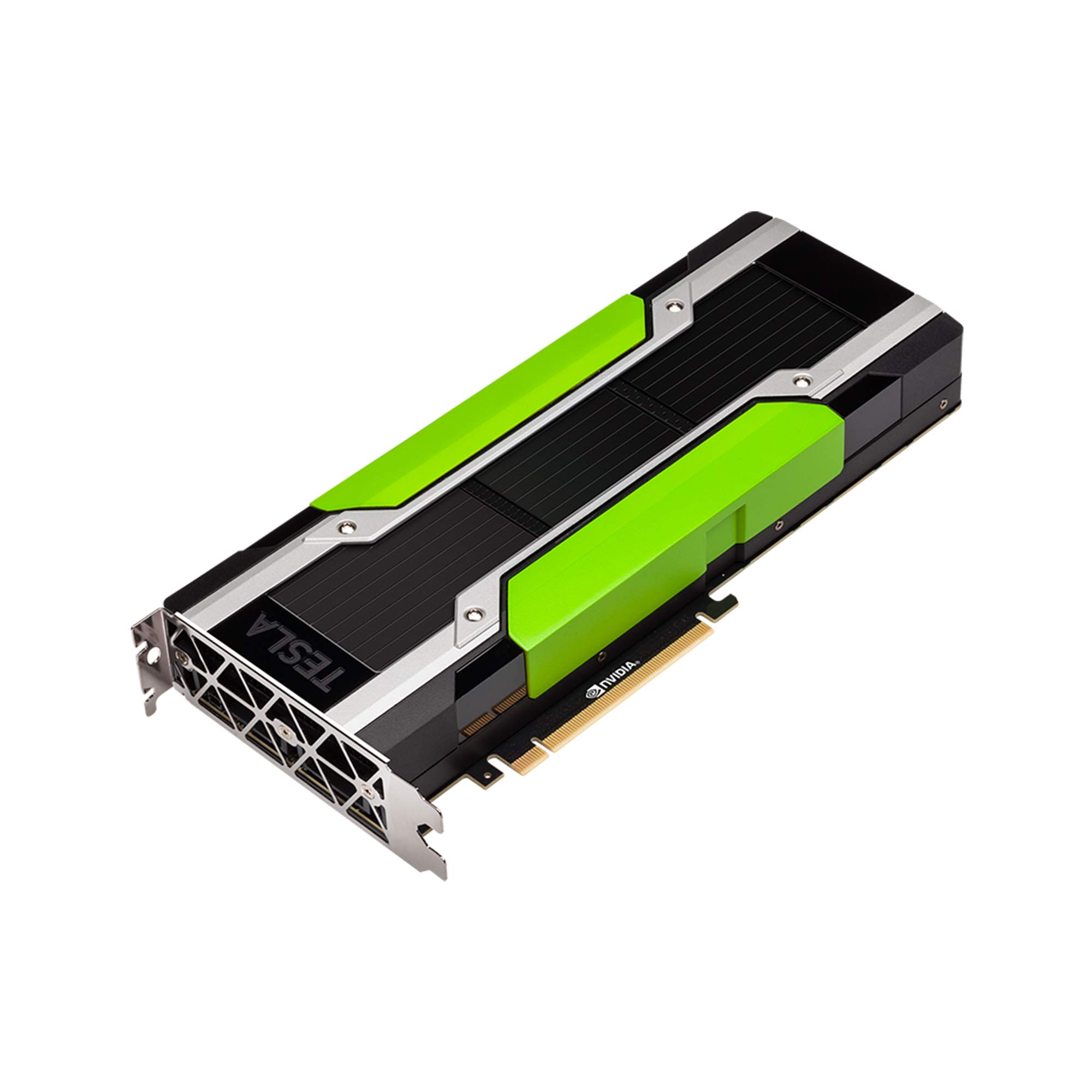
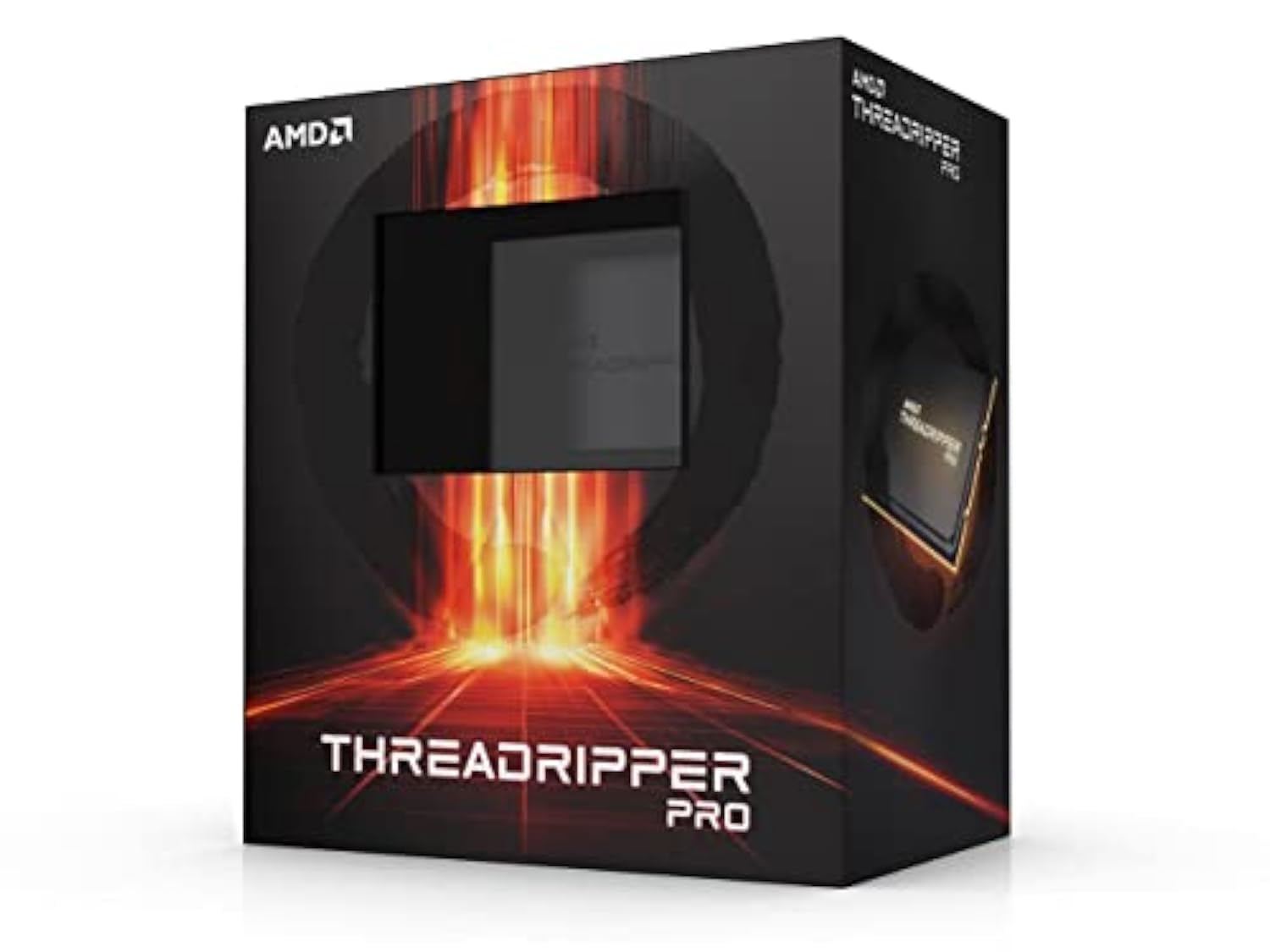
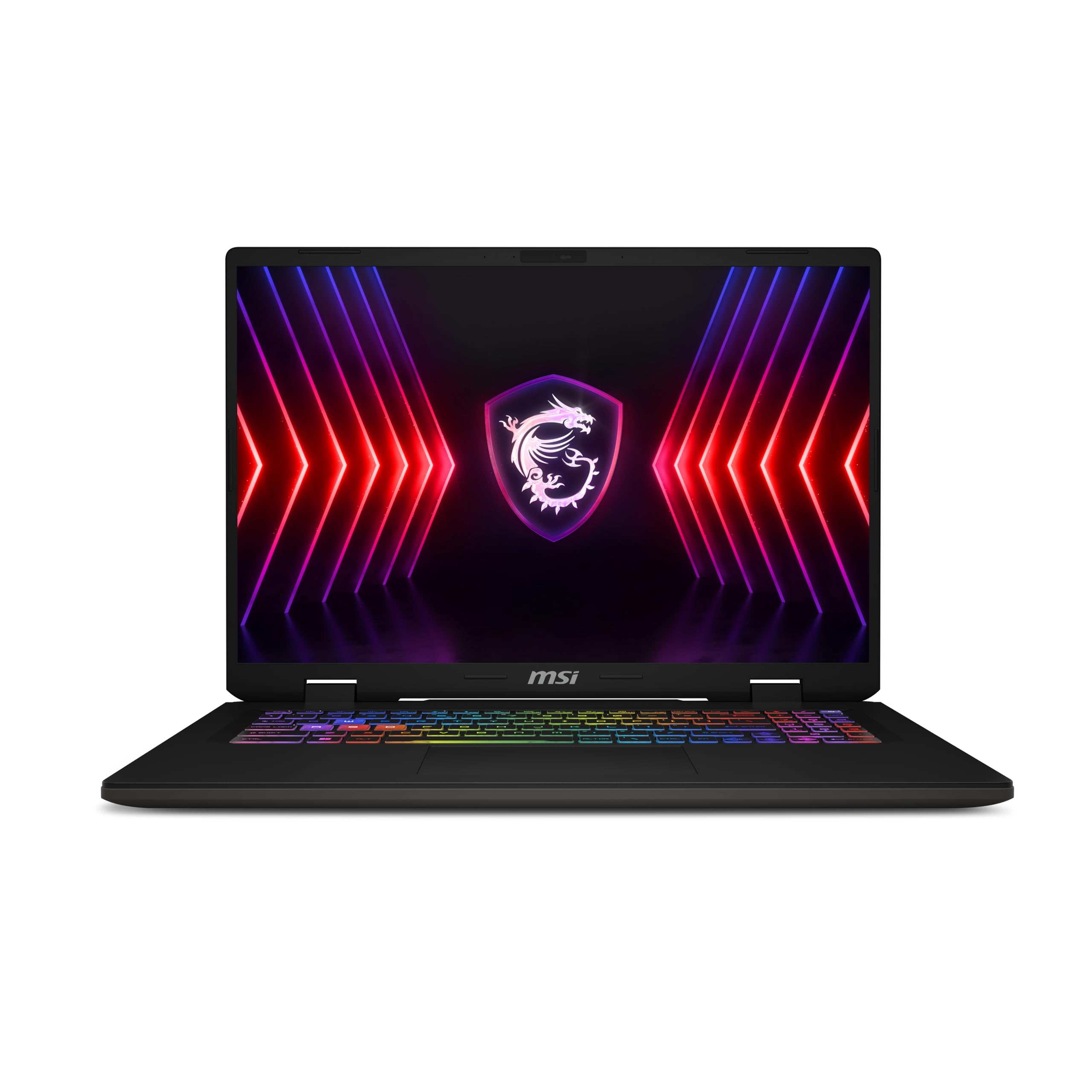

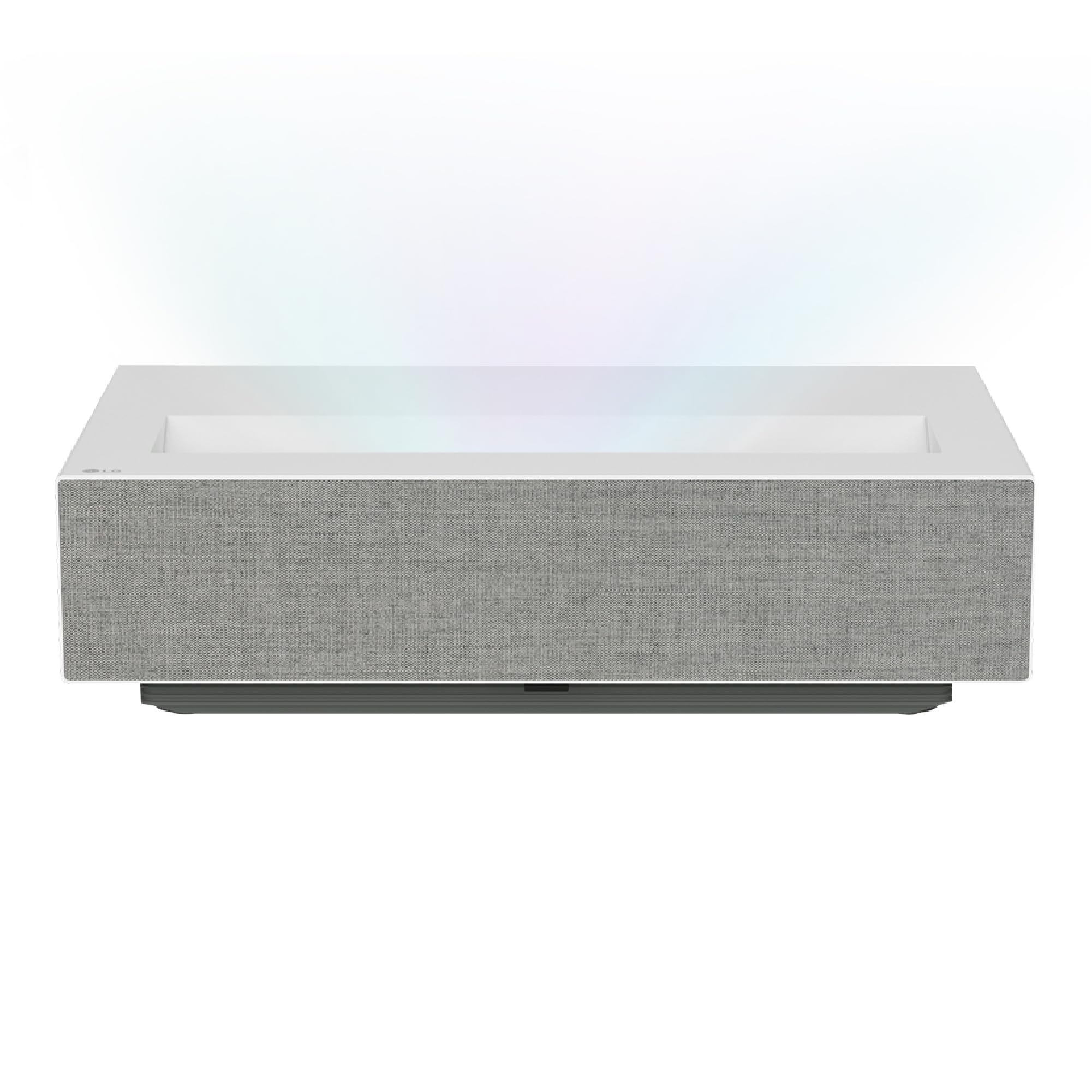
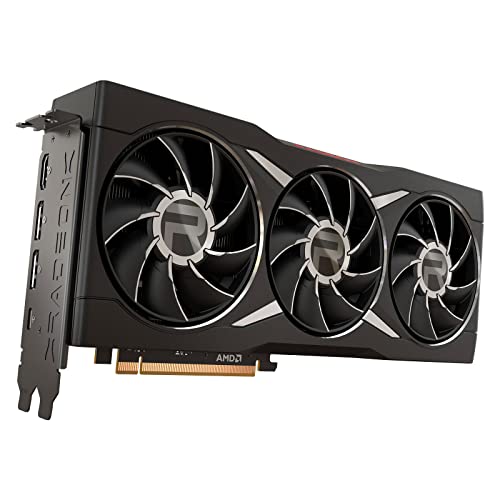
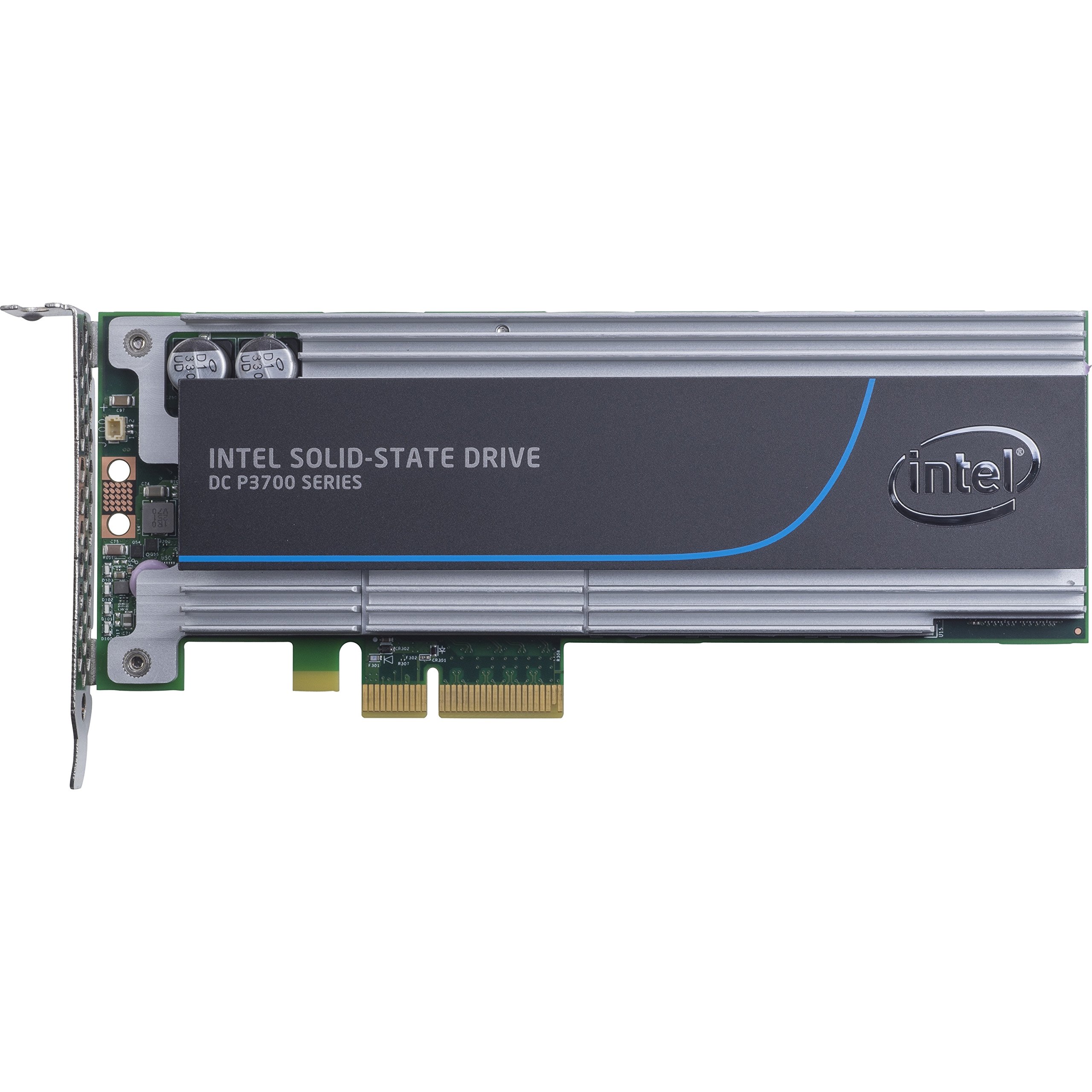
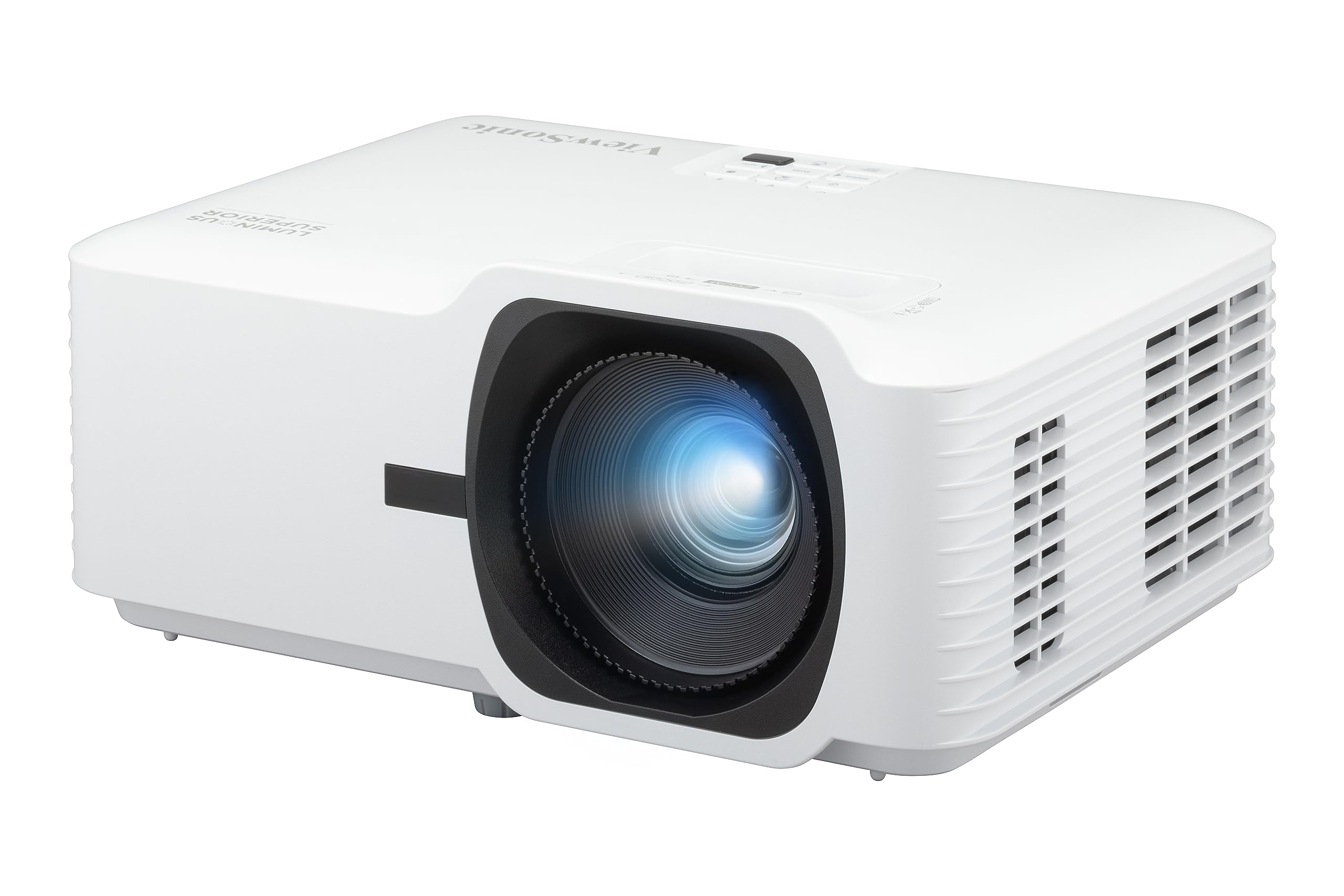
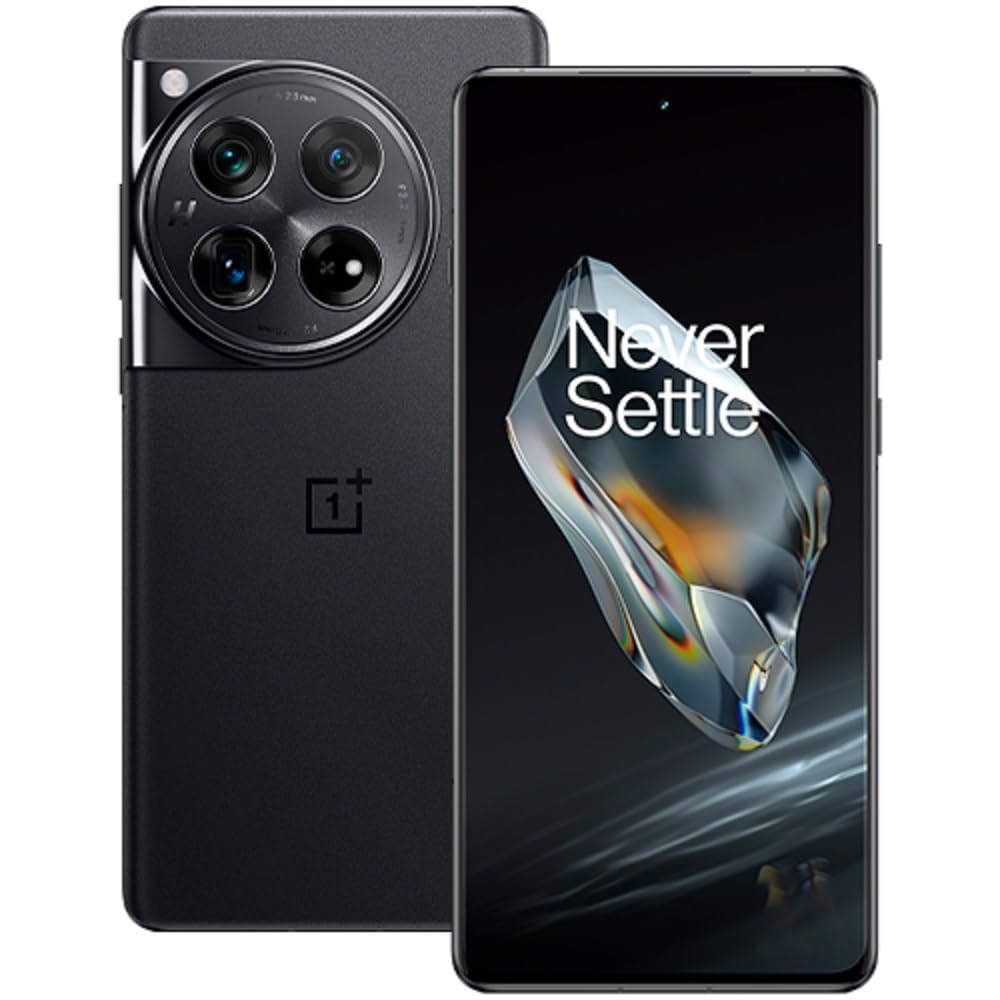
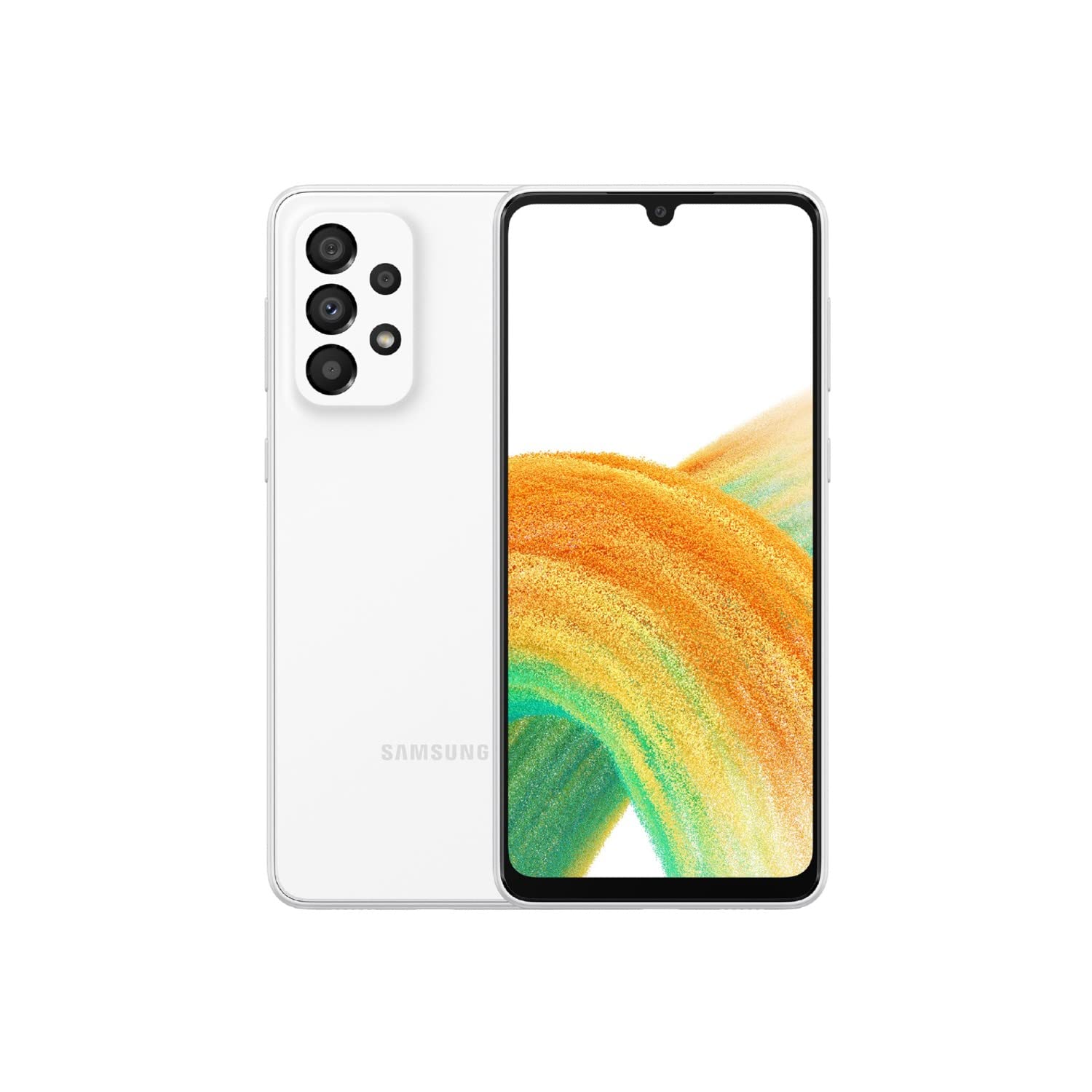


![LG OLED55B46LA 55-Inch 4K UHD Smart TV, (α8 AI Processor, Dolby Atmos, Freeview Play and Amazon Alexa, 120Hz), Black [Model 2024] LG OLED55B46LA 55-Inch 4K UHD Smart TV, (α8 AI Processor, Dolby Atmos, Freeview Play and Amazon Alexa, 120Hz), Black [Model 2024]](https://pricefinch.co.uk/image/71ljUJbdT+L.jpg)
